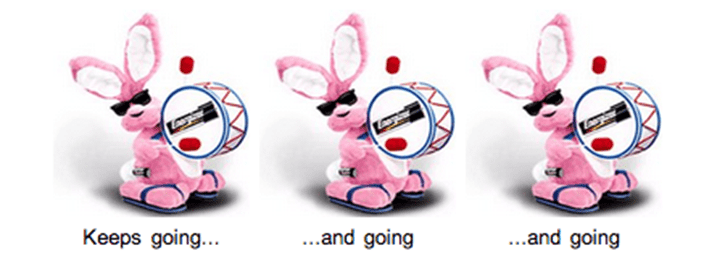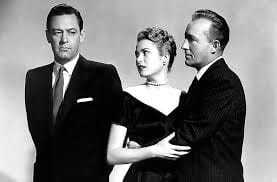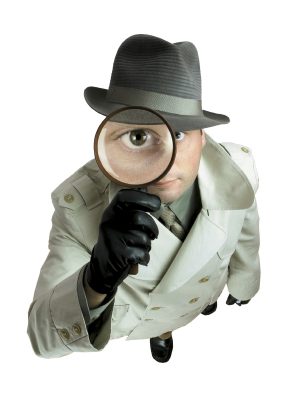In Adam Grant’s book, Give and Take: How Helping Others Drive Our Success, he writes, “When people know how their work makes a difference, they feel energized to contribute more.”
The same applies to donors.
If you tell your donor how their gift changed someone’s life, they will be happy and proud, excited…and energized. They will want that feeling again. They will want to hear from you the next time you write. Chances are, they’ll give again, too.
Energize with a Sparkling Thank-You Letter
When it comes to exciting your donors, you have a golden opportunity, right after they give. Your first chance to make your one-time, impulse donor into a loyal Energizer Bunny of philanthropy is in your thank-you letter.
Joanne Fritz is a sage of the nonprofit world. In a recent article, she has given us all a great gift. She shared give examples of thank-you letters your donors will love. I call them:
- Painting the picture. (“Thanks to you, Michael and his sister, Janet, celebrated Michael’s 9th birthday with cake and balloons in a safe and loving place.”)
- Story anthology. (“Let me tell you what our services at Therapeutic Riding of Atlanta mean to some of the children who come to our classes.”)
- Instant impact report. (“No longer isolated in a hard-to-reach walk up in a high-rise building, Tom and Francis now have easy access to the services they need. Plus, they will receive two meals a day and participate in healthy and fun activities ranging from exercise classes to community field trips.”)
- Gusher of gratitude. (“The healing starts with a tiny spark … a glimmer of hope in soft, soulful eyes. And for homeless pets with serious injuries who come to Best Friends, the hope and the healing are all because of you.”)
- From general to personal. (Think an agency that does boring research can’t tell a great story? Think again!)
“For the last forty years, research has shown that investing in women and girls has ripple effects through a community.Take Akina*, a young woman in Kenya who works for BURN, a clean cookstoves factory and social enterprise business supported by Acumen, a non-profit that invests in companies and ideas that aim to tackle poverty. Before BURN, Akina had never worked in a factory, but thanks to their investment in women, she has moved up to become a supervisor. Her wages pay for her younger sister’s education and the transportation costs for her brother to commute to his job.”
More TY Letters Your Donors Will Love
If you’re still looking for ways to make your thank-you letters sparkle, please take a look at this TY Thursday blog post you might have missed:
Write a Creative Thank-You Letter
In this post, you will find:
-
- What You Need to Know Before You Thank
-
- Great Advice on How to Start, from such luminaries of the nonprofit world as Beth Ann Locke, Gail Perry, and Pamela Grow
-
- How to Write the Ideal Thank You Letter–advice from yours truly
Whether you follow the examples Joanne Fritz laid out or Write a Creative Thank-You Letter of your own, there’s no time like the present. If you want donors to keep on giving, you have to keep on thanking!


